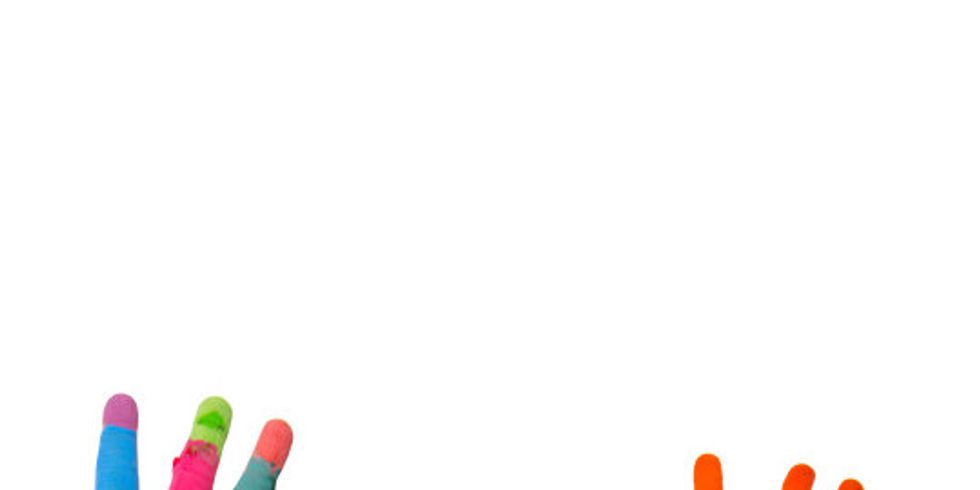Berlin
Since 2009, the total number of enterprises on the Berlin art market has risen by nearly 17 percent. This figure not only includes the retail trade with objet d’art and antiques, auction houses and museums, but also self-employed artists and photographers. The development in turnover was especially encouraging, increasing by 56 percent to approximately 700 million euros by 2012 — a result due in part to the growth in sales in the retail trade with object d’art and antiques and the auction business. From 2009 to 2012, the employment figures in the art market also grew by around 20 per cent.
At present, Berlin is home to approximately 42 percent of the self-employed visual artists, 30 percent of the freelance photographers, and around 17 percent of galleries in Germany. In the space of three years, the art galleries were able to increase sales by around 100 million euros to 335 million euros. In a national perspective, Berlin now accounts for approx. 54 percent of turnover in the retail segment of objet d’art and antiques and around 17 percent of the sales of visual artists. Globally, Berlin is regarded as one of the key locations of art production, both in terms of importance and innovation. Thanks to the high density of galleries and the annual formats of the GALLERY WEEKEND and BERLIN ART WEEK, the city has also developed into one of the leading art hubs in Europe. With a vast diversity of national and international artists living here, Berlin also has a significant pool of creative potential.
Berlin is home to the largest number of freelance artists of any city in Germany, as is confirmed by the details of the survey in Chapter 5. The proportion of artists in relation to all those employed in Germany is approximately twice as high in Berlin as in Cologne-Düsseldorf or in Hamburg, and over three times as high as in Munich. It is hardly surprising that 80 percent of Berlin’s visual artists are solo entrepreneurs — the highest proportion anywhere in Germany — and the city simultaneously has the lowest percentage of visual artists in permanent employment. It is especially gratifying that artists living in Berlin generate over 92 percent of their earnings from their own work, a figure also above the national average of only 85 percent. However, in the course of income analysis conducted by DIW Berlin, it also became evident that visual artists in Berlin earn on average approximately 1,200 euros a month, which is below the national average of 1,424 euros.
Since 2012, Berlin’s Senate Chancellery Cultural Affairs department has awarded SEVEN ANNUAL PRIZES each worth 30,000 euros to independent artists’ spaces, paying tribute to this specific form of art production and presentation in Germany’s capital city. The cultural affairs department also promotes contemporary art by providing SCHOLARSHIPS and EXHIBITIONS, and SUBSIDIES FOR ART CATALOGUES. The BERLIN STUDIO PROGRAMME, equipped with a budget of nearly 1.5 million euros annually, acts as an intermediary to lease studio space to professional visual artists and provide them with key production resources. A total of around 800 SUBSIDISED STUDIOS AND STUDIO APARTMENTS WITH FIXED RENTS are assigned to individual visual artists according to a fixed set of criteria by the independent allocation committee of the Kulturwerk, an associated facility of the Professional Association of Visual Artists Berlin (bbk berlin). Over the recent years, the Berlin Senate and House of Representatives have announced several successive expansions of this programme. As part of the new real estate policy, addition all workshops and studios for artists are to be created, in particular in real estate owned by the federal state of Berlin.

